Victorinox Celebrates 100 Years of Stainless Steel in 2021
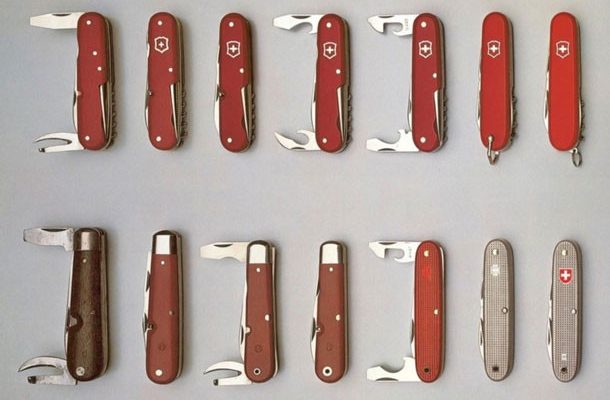
Swiss Army knife manufacturer Victorinox is celebrating its 100th year of using stainless steel in 2021. Victorinox’s shift to stainless steel presaged the explosion in popularity and availability of their knives in the latter half of the 20th century.
There were attempts to make rust resistant steel in the 19th century (usually by the addition of elements like gold), but stainless steel as we know it was invented in 1912 by metallurgist Harry Brearley. Brearley, who lived in Sheffield, England’s knifemaking capital, was researching ways to prevent erosion in steel gun barrels. The various tests Brearly conducted to this end showed him what we take for granted in the knife world today: that the addition of chromium to a steel increased its corrosion resistance. Eventually, Brearly would settle on a 12% chromium content for the ‘first’ stainless steel; in the years after, his partnered with Sheffield-based Portland Works to produced Rusnorstain, a commercial stainless steel. The name may be a bit of a groaner, but Rusnorstain stayed in production up through the 1950s.
Victorinox comes into the picture in 1921. At that time, the company was still called Victoria, but company owner Karl Elsener already had his eye on this new advance in metallurgy. In 1920 Elsener began working with steel makers on a stainless steel he could implement in the Victoria knife lineup. This decision was key one – so key, in fact, that it led to Elsener changing the name of the company from Victoria to Victorinox: a combination of the original name and the word “inox,” short for inoxydable, the French word for “stainless.”
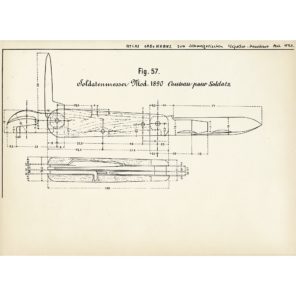
The decision to make stainless steel a core part of the Victorinox brand also played a role in the knives’ popularity and availability. Because stainless steel couldn’t be forged in the manner of carbon steels, it made sense to scale up the manufacture and assembly process of Victorinox products. In the decade that would follow, Elsener automated production, which helped Swiss Army knives spread far and wide. This process also helped solidify the shape and style of the SAK, and Victorinox knives produced in the 50s and 60s look very much like many of the models you can buy today.
Today, the stainless steel on Victorinox models is 1.4116 – an entry-level steel with that is extremely easy to sharpen and highly rust resistant. Victorinox has dabbled with other modern stainless steels in recent years, but if they ever plan on upgrading things across their line, it probably will take a while: change comes in increments at Victorinox. That being said, this year we’ve seen a couple of relatively significant releases, including the first limited edition Pioneer X and the ultramassive SwissChamp XXL.


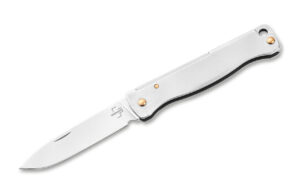
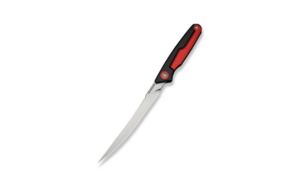
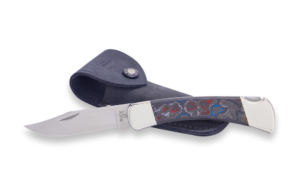
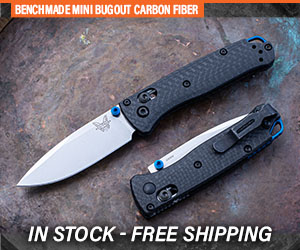





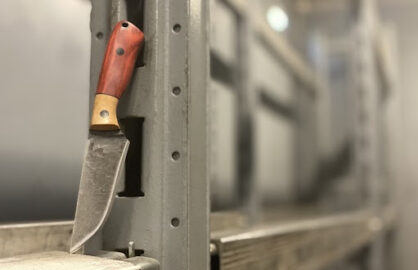
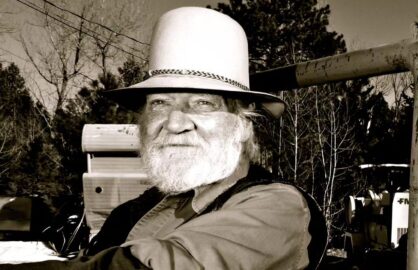
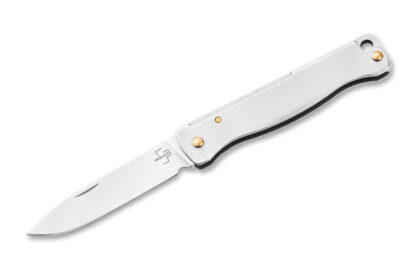
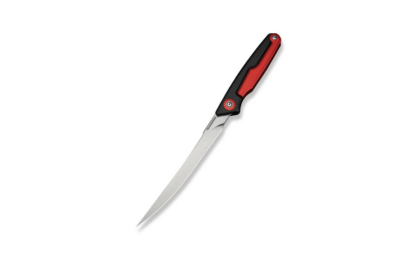

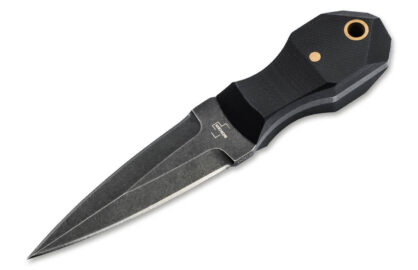



0 comments